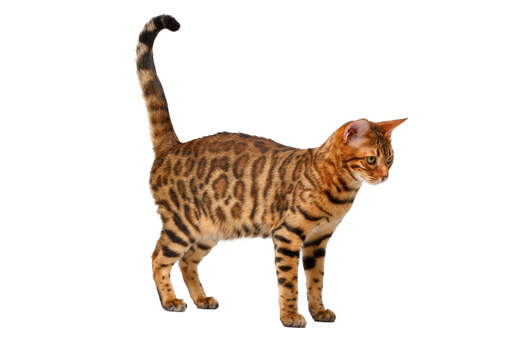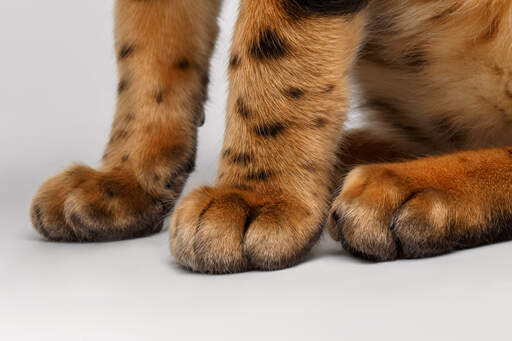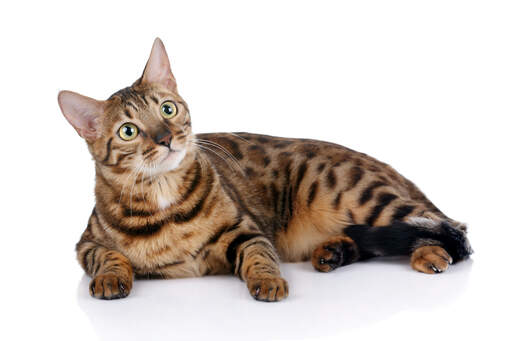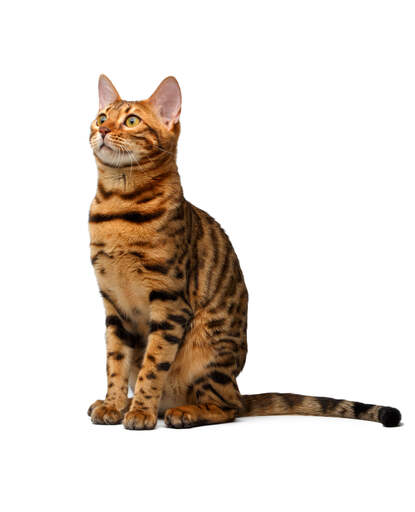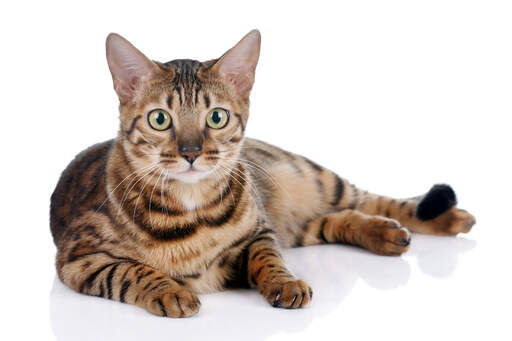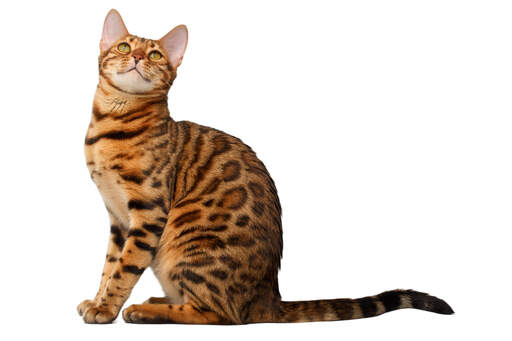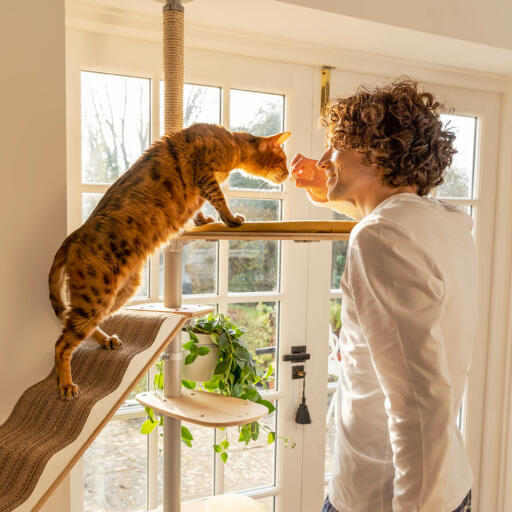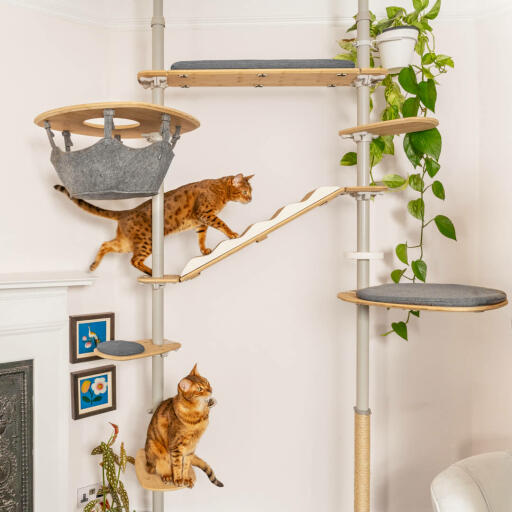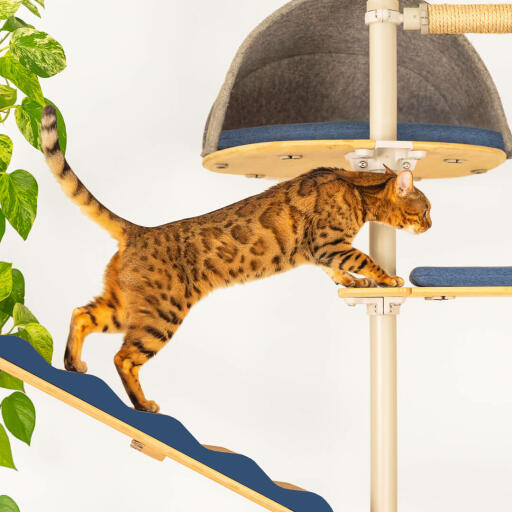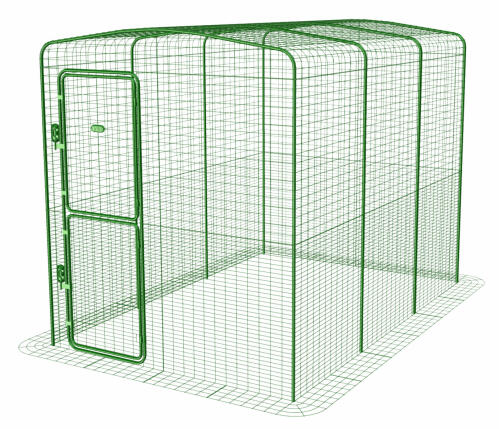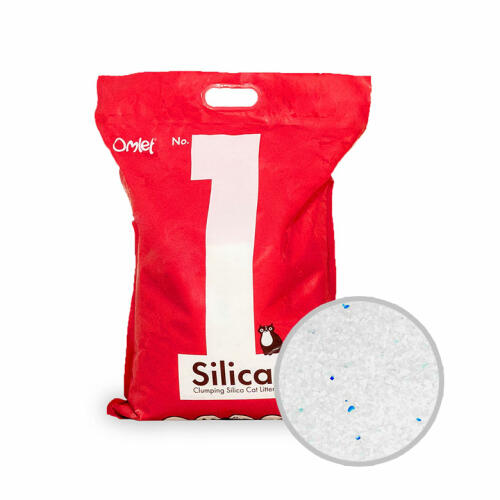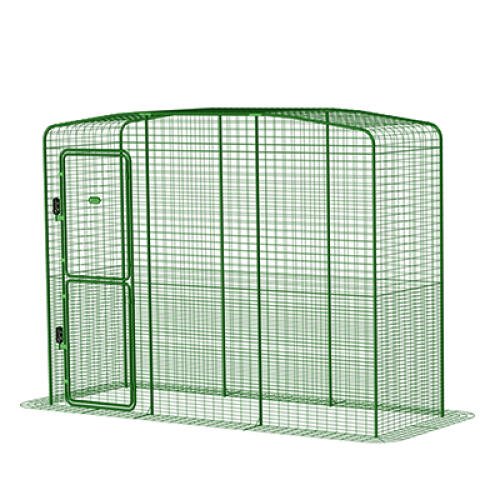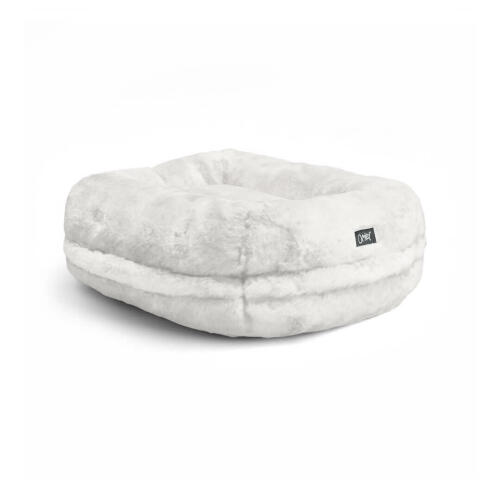Bengal Cats









Breed Rating (5 Reviews)
| Appearance | |
| Friendliness | |
| Hardiness | |
| Garden |
History
The Bengal was developed as a new breed in the 1970s. Unusually, it was not cat breeders who worked on the breed originally, but US scientists led by Dr William Centerwall. He crossed domestic cats with the wild Asian Leopard Cat, the aim being to transplant the latter's immunity to Feline Leukemia to the domestic cat population. Their experiments actually failed, but the unique look of the hybrid they had created attracted cat breeders.
Many of Centerwall's hybrids were taken by Jean Sudgen Mill. She developed the breed from these original cats, and all today's Bengals trace their ancestry to Mill’s cats. The breeding program involved various domestic other breeds, including Abyssinian, British Shorthair, Bombay, and Egyptian Mau, to 'breed out' the wilder traits of the cat. The Bengal breed was officially recognized in the 1980s.
The ‘Bengal’ name comes from the wild Leopard Cat's native habitat, and its Latin name Prionailurus bengalensis. Today it is one of the most popular breeds in the world, undoubtedly due to its spectacular beauty. Because the Bengal breed is derived from a wild cat there are different ‘foundation’ cats (F1, F2, and F3). The number refers to how many generations the individual is from the Asian Leopard Cat. F1, F2,and F3s are not allowed to be showed and only the females are used in breeding.
Behaviour
The Bengal is a showstopper. Beautiful, incredibly striking, very energetic, playful, and intelligent too, the payoff is that this is not a breed recommended for first-time cat owners or families with children. They can be quite a handful, and are also very vocal, with a repertoire of chirps and trills that often sound like complex conversation (making them popular stars of many YouTube videos!)
Bengals demand their owners' attention, and need play and exercise as regularly as the average dog. They have even been taught to play fetch and to play in water, things definitely not found in the standard cat rule book! Because of their recent wild ancestry, Bengals need lots of mental stimulation and exercise if they are to remain happy and fulfilled.
Varieties
Seal sepia, brown, silver, snow colours. Spotted, Rosetted and Marble coat patterns.
Breed Details
- Status: Common
- Place of Origin: USA
- Rough date of Origin: 1970s
- Hair length: Medium
- Activity Level: High
- Vocalness: High
- Child friendly: Good with children
- Intelligence:
- Playfullness: Playfull
- Grooming Requirements: Less than once per week
- Weight: 5.5 - 10kg
- Size: Medium
- House Cat or Outdoor Cat: Outdoor Cat
- Pet Compatibility:
- Social Needs:
Bengal Pictures
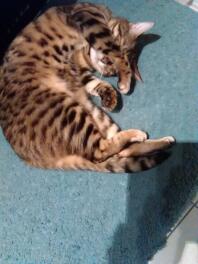
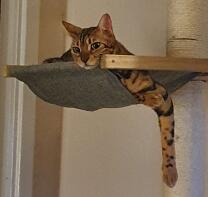
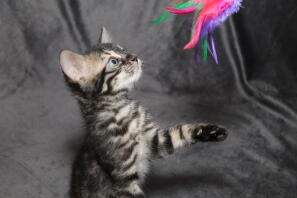
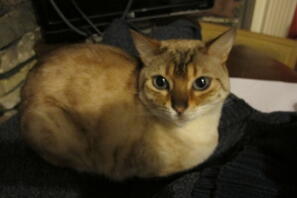
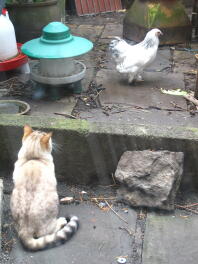
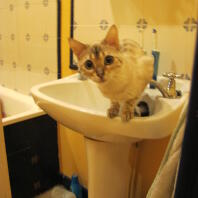
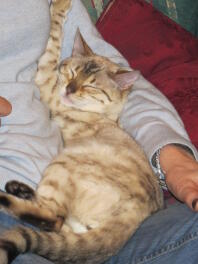
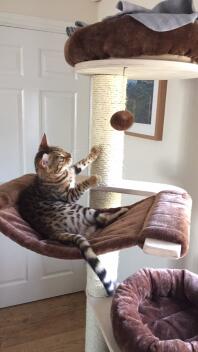
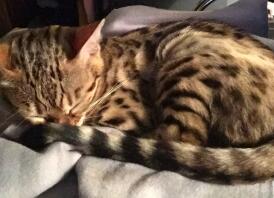
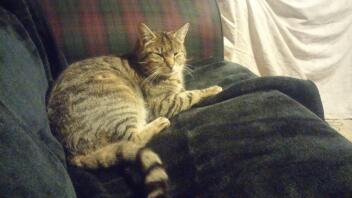
Latest Reviews For Bengal (5 of 5)
Have had them over 30 years - Alia,
They are THE best and most beautiful cat. A handful to raise. Need constant stimulation. Exercise ( as in a wheel), walks, toys. Activities. The males often mark their territory even if neutered. That’s the #1 complaint.
Bengals are perfection in every way! - Kimberly,
Me beloved Bengal, Loaife, passed recently and I am devastated. Out of all our cats, the Bengal- and hte Maine Coon- are tops in my opinion. HTe bengal is VERY intellient, engaging wiht people and very smart. Loaife could turn on the faucet- I would have to tape the kitchen faucet if I went ot hte store LOL! He could open latches on historic doors and cupboards and loved to go into the kitchen cupboards and armoire in the living room. He loved whenI picked him up and kisse him and called him, My baby". He actually enjoyed that interaction everyday.I loved being held. He LOVED and enjoyed playing with our beagle and actually woudl 'ambush' our beagle from under the dining room table- it was very funny and fun to watch. He played with our beagle more than with the other two cats LOL! I dnm't have children so I dont' know how Bengals are with kids, but, boy if you wanta really close bonding cat, the BENGAL is IT. I love our other two cats, but they just don't interect with me like beloved Loafie did. my angel....
Clever, affectionate, talkative - Mabeth,
Such a clever breed of cat. They need entertainment. They are very sociable with people, but may take time to warm up to other cats. Very affectionate and female cats like to stay close to home. These are also very talkative cats
- Alanta,
A very intelligent, loving, happy cat. Best breed I've had. A Very friendly with kids.
EXCITING lovable like your child - Nina, Somerset,
What a beautiful friend, she came at 14 weeks and immediately ran to the top of the bookshelf. Her first year she was a house cat, and would run upstairs to bed with the children. She was very vocal, tell you when she had run out of food (but not hungry), when she had used the litter tray, complain if you were on the phone like a child, and drank water with her paw, she eats dried food but knows if you pick a tin of tuna up, or the sixth sense you have gone to the fridge for ham or lamb. At a year old when our first Pekin chicks turned up and were big enough to go into the back garden, Darshini was let out. She never went outside the small walled garden. She uses one plant pot as a litter tray, watches birds but never catches them, her amusement is her bantams. She is a good rat catcher, and has had a fight with a fox with no harm to herself. Personality is great, (the local vet informs me all the other owners say the same, as there is a high population where I live). Very kind and loyal, may run from strangers, will tell you when she wants to play, but also will accept to be told to shut up and will entertain herself by having a funny five minutes on her own. My only regret is she is a cat and she is now 7 so she will not be around as long as the children. She does have the recommended numerous names, including: Her pedigree name (Indian meaning of Priyadarshini is: Delightful to look at) for short Darshini, beautiful, ringed tailed lemur amognst others some can not be printed. Locals call me the chicken lady as I hatch a brood every year, but Darshini would hate for me to be the Cat Lady as she is more than content with her lot!! Check the breeder out before you buy, Darshini was not released until 14 weeks, and was kept as a house kitten with the family and dog for the last 2 weeks.
